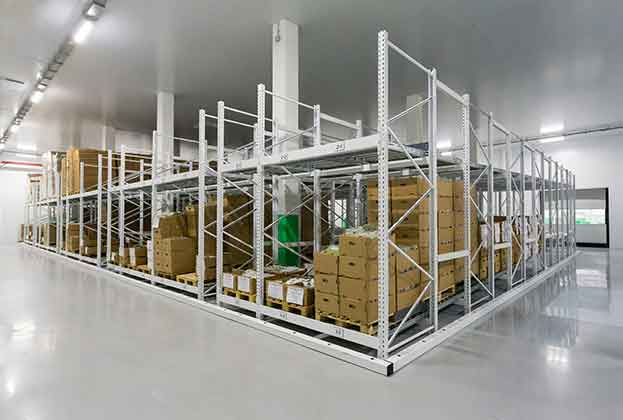I was recently asked to speak to a group of our clients in Ireland on what global trends I see as I wander the world that might affect the European office markets. This is a particularly exciting time for global real estate, with new entrants to the investment and leasing space bringing their own challenges and questions to our regional and local markets.
The first thing I am often asked about is global capital flows, particularly in the light of the recent turbulence in the Chinese equity markets. So far this year global real estate investment volumes are up by 16 per cent, and we expect the total volume to reach a record high of just over $1 trillion in 2015. While local problems in some markets are affecting their investment decisions, my experience is that areas of instability continue to support the safe-haven status of the larger and more transparent real estate markets: the share of global investment taken by the top 25 world cities has risen this year.
As far as the China question goes, I believe that private and institutional demand for global real estate will remain strong in 2016. However, we must not ignore the ‘old world’: one-third of the global cross-border investment into real estate this year has come from North America.
I expect that cross-border investors will become more adventurous next year, with the recovering economic growth story in many sub-regional markets attracting increasing levels of interest from non-domestic investors.
Another major change in the world’s office markets is on the tenant side, with Technology, Advertising, Media and Information (TAMI) businesses accounting for as much as 25 per cent of take-up in the UK and Europe’s major office markets. Are we in the grip of another tech bubble? Talking to our new colleagues at Savills Studley in America, the answer seems to be a firm no. TAMI firms have ample cash on their balance sheets to fund this expansion, with $1.7 trillion in cash reserves alone for the US businesses. Furthermore, the major corporates in this sector are clearly planning for the long term, this trend epitomised by Google recently taking a 60-year lease on a former NASA site for future expansion.
Competition for staff from both the mature businesses and start-ups in the TAMI sector is intense, and we expect to see their occupier requirements broadening to include smaller towns and cities that have a ready supply of bright young staff. This will particularly favour locations with a strong higher education sector.
With demand from this and other sectors looking stable for the foreseeable future, the pressure on Europe’s office markets will intensify. Taking London and Dublin as examples, both markets have seen a halving of their vacancy rate over the last year and prime rents have risen by around 25 per cent over the same period. I think that the future will see a rise in developer interest in 'future core‘ locations in Europe’s major cities, as occupiers hunt for affordable high-quality office space in attractive and fun areas.
These two trends should support a continuing attractive investment and development story for both well-established and emerging business centres, and I expect another positive year for Europe’s office markets in 2016.
Further information
.jpg)
.png)




.jpg)
.jpg)

.jpg)
